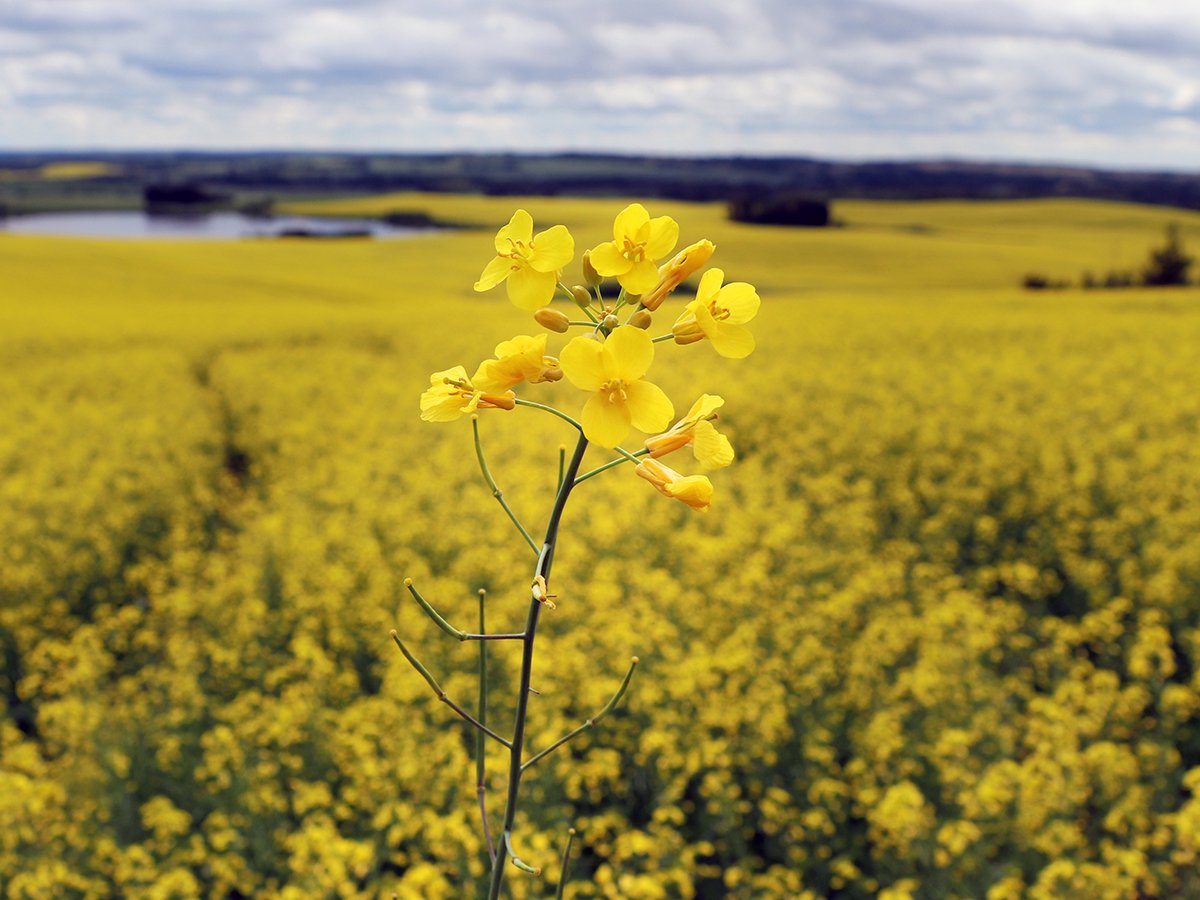Weather experts don’t believe reports that China’s winter wheat crop is in terrific shape, but they do accept reports that the rapeseed crop is off to a fantastic start.
China’s agriculture ministry says 49.2 percent of the winter wheat crop is top-rated compared to 45.7 percent a year ago, making it the best situation since 2005.
China is the world’s biggest wheat producer, and the condition of its crop can have a major influence on markets.
Rain during last year’s harvest down-graded quality, forcing China to buy more good quality wheat from the United States and Canada.
Read Also

Chinese offer complicates canola marketing
Recently the Chinese ambassador indicated that there would be a potential deal between Canada and China regarding the current tariff war.
The U.S. Department of Agriculture expects China to import 8.5 million tonnes of wheat in 2013-14, up from three million tonnes the previous year.
It would make China the world’s second largest wheat importer behind Egypt.
Grain markets are interested in how this year’s winter wheat crop is progressing. Based on government information, it is doing exceptionally well.
Dale Mohler, senior meteorologist with AccuWeather, is skeptical about the reports out of China.
There was considerable market interest in China’s wheat crop in the fall because conditions were dry in important production regions of the North China Plain. Barely any rain or snow has fallen since then.
“I’m frankly a little surprised be-cause based on the weather, I wouldn’t think it’s in that great of shape and certainly not the best in eight years,” Mohler said.
Fall temperatures were ideal, but precipitation between Sept. 1 and Nov. 30 was 30 to 60 percent of normal in Shandong, Hebei and the northern half of Henan, three of the biggest winter wheat producing provinces.
“They were considerably below normal,” he said.
Drew Lerner, president of World Weather Inc., is another skeptic.
“I find the comments very interesting and somewhat puzzling,” he said.
Lerner recalls Chinese officials emphasizing how dry it was in the fall and that the crop was having a tough time establishing.
“It hasn’t rained since then, so I’m very curious how it all of the sudden got better,” he said.
The crop got off to a terrific start last year with timely precipitation at planting and before dormancy. However, this year there was poor rainfall in the northern third of the winter wheat growing area.
“My perspective is that the crop is probably not as well established as it was last year,” said Lerner.
However, he doesn’t think there is any kind of looming disaster.
“I certainly don’t see a tremendous problem. I think the majority of China is probably poised to do well.”
Both analysts said the fate of the winter wheat crop will largely be determined by spring precipitation, so they will be watching weather conditions closely come March.
While the winter wheat reports were hard to swallow, both weather analysts were inclined to believe similar upbeat reports from the Chinese government that the winter rapeseed crop is in the best shape in almost 10 years.
China’s rapeseed crop is grown along the Yangtze River, which is south of the prime winter wheat production area.
Mohler said rainfall was 90 to 150 percent of normal this fall in most of the places where rapeseed is grown.
“That’s ideal. It’s not too much. It’s not too little. So I would say that’s pretty accurate that this is probably one of the best looking (rapeseed) crops in 10 years, or the best,” he said.
Lerner agreed, saying the southern two-thirds of the rapeseed crop received nice, timely rain and no damage due to cool temperatures.















